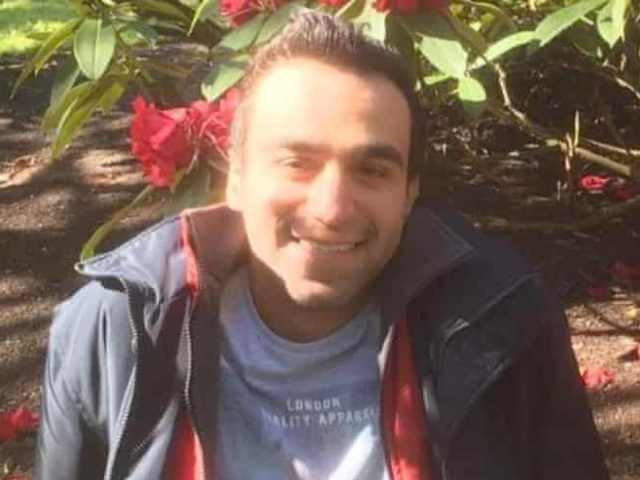Home Office sources have claimed that Liverpool bomber Emad Al Swealmeen, a Middle Eastern failed asylum seeker, tried to “game the system” by converting from Islam to Christianity, the claims coming as Home Secretary Priti Patel blamed the current “dysfunctional” asylum system for allowing Al Swealmeen to remain in the UK reportedly for six years after he was denied refugee status twice.
The senior minister in charge of the Home Office — which oversees the country’s borders, immigration, policing, and national security — had said that the 32-year-old suspect in the Remembrance Sunday suspected suicide bombing outside of Liverpool Women’s Hospital had “exploited” loopholes in the system. The claims suggested that such migrants who theoretically should be forced to leave the country were being supported by “a whole sort of professional legal services industry has based itself on rights of appeal”.
Patel is pushing legislation she says will reform the asylum system.
The minister told media while en route to Washington DC in comments reported by ITV News: “The case in Liverpool was a complete reflection of how dysfunctional, how broken, the system has been in the past, and why I want to bring changes forward.”
She continued: “It’s a complete merry-go-round and it has been exploited. A whole sort of professional legal services industry has based itself on rights of appeal, going to the courts day-in day-out at the expense of the taxpayers through legal aid. That is effectively what we need to change.”
“…there’s a whole industry that thinks it’s right to defend these individuals that cause the most appalling crimes against British citizens, devastating their lives, blighting communities — and that is completely wrong,” she added.
Al Swealmeen, who is said to have changed his name to Enzo Almeni to sound more Western, had arrived in the UK in 2014 but had his asylum application rejected in 2015.
The Telegraph claims Al Swealmeen then converted to Christianity after a five-week course at the Church of England Liverpool Cathedral. The Diocese of Liverpool’s communications director told the BBC it is believed the failed asylum seeker, who reportedly is of Iraqi and Syrian heritage, was baptised in 2015 and confirmed in 2017, but the church lost contact with him in 2018. A second asylum claim was reportedly rejected in 2019.
Sources in the Home Office told The Times it believes the bomber tried to “game the system” by pretending to convert to Christianity, abusing the UK’s generous asylum policies because applicants who can appear to sincerely have left Islam can argue they would be put in danger if sent back to their home countries as Christians. The source said that this scam was particularly popular with Iraqis and Iranians.
Since the start of the migrant crisis in 2015, there have been reports in the UK and Germany of Muslim asylum seekers converting in massive numbers, believed to be doing so to avoid deportation to the Middle East.
Hundreds of Muslims have reportedly converted to Christianity in the past few years after following the same short course at Liverpool Cathedral that Al Swealmeen is believed to have taken, with calls from a major British security think tank for the Home Office to urgently investigate.
Sam Ashworth-Hayes from The Henry Jackson Society said: “We know that people are willing to lie to win asylum up to and including faking religious conversions. This is incentivised by the asylum system, which does not do enough to root out fakes.
“The Home Office and Security Services should investigate the Liverpool Cathedral convert cluster.”
Early reports have suggested that Al Swealmeen had prematurely detonated his device in the back of the taxi after the driver, upon noticing his odd behaviour, locked him in the cab and jumped out, the driver himself sustaining injuries.
It is believed an Islamist plot is one line of inquiry into the terror attack, but investigators are still exploring possible motives for the bombing, which occurred moments before the 11am two-minute silence on Remembrance Sunday outside of the hospital, a short distance from where the veterans’ service was being held at Liverpool Cathedral.

COMMENTS
Please let us know if you're having issues with commenting.